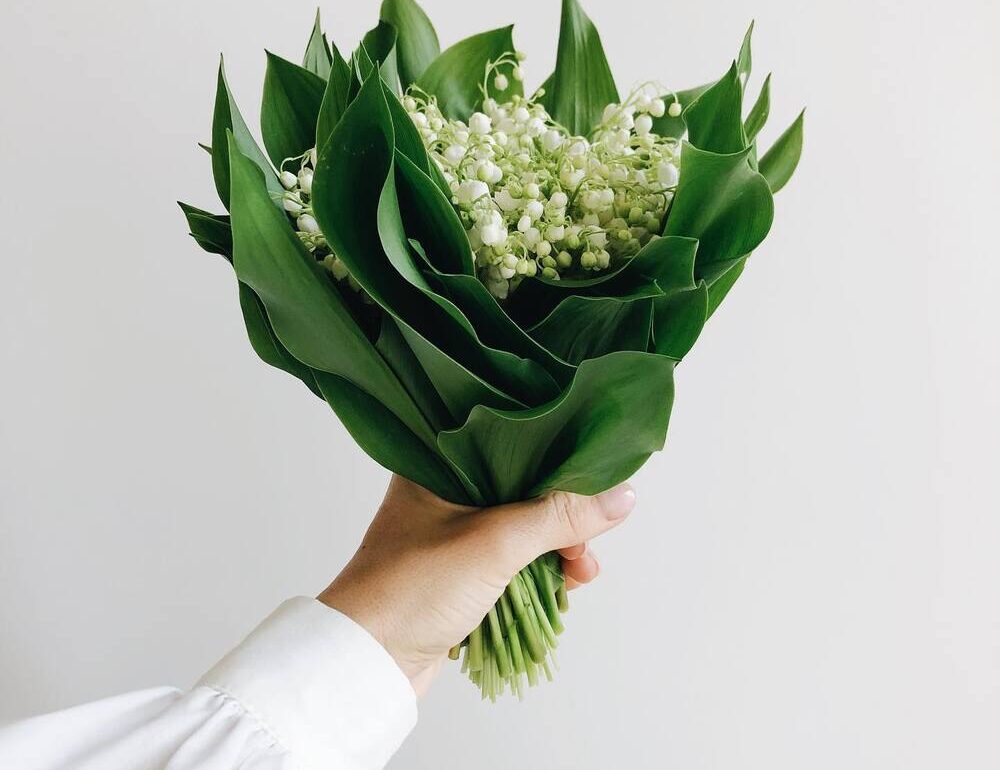It’s easy to overlook something so small. But imagine spotting a sprig of Lily of the Valley on your kitchen windowsill, those porcelain-white bells dangling like nature’s wind chimes, and that scent, like a whisper from spring itself. It’s not loud. It doesn’t demand. And yet, it stays with you.
Little did we know, a flower this delicate could hold so much meaning, not just in gardens, but in the very energy of our homes.
In a world overrun by noise and constant change, Lily of the Valley has quietly re-emerged. Not as a trend, but as a reminder. A symbol. Once gifted for good luck, now rediscovered for peace of mind, Lily of the Valley speaks to the life many of us crave today: gentle, meaningful, and full of grace.
From wedding bouquets to minimalist interiors, this flower’s symbolism of renewal, hope, and emotional balance is finding new roots in the hearts of modern homeowners.
The Symbolism Rooted in History and Culture
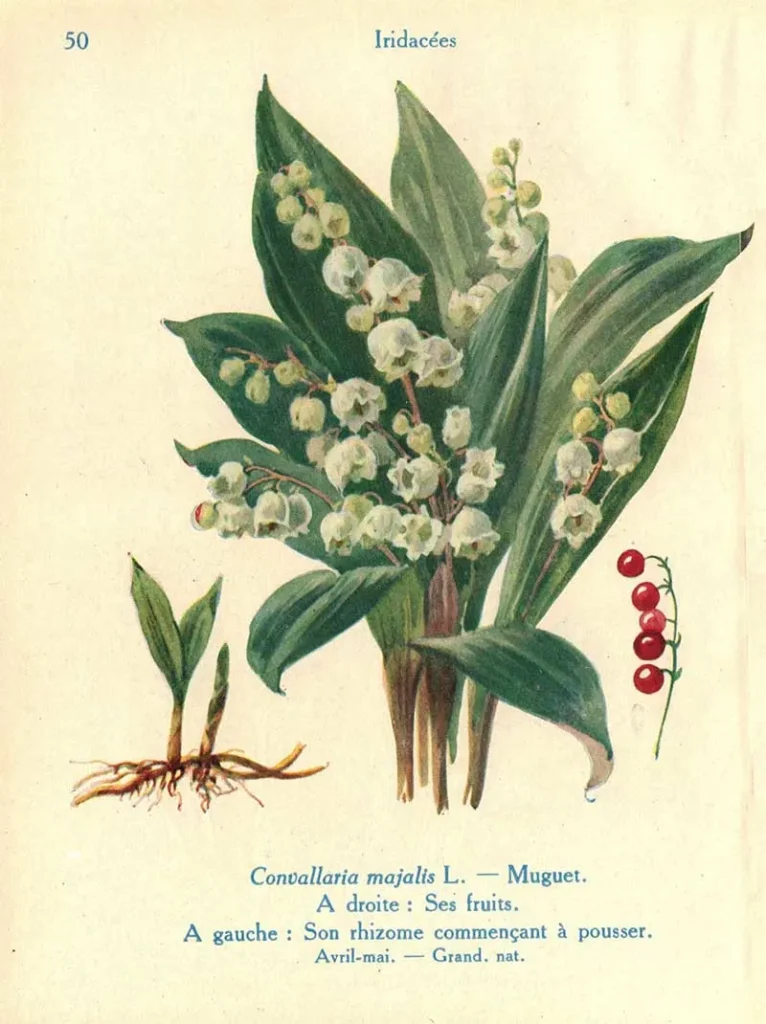
Across cultures and centuries, Lily of the Valley has always spoken softly, but with depth.
In France, it’s celebrated each year on May 1st during La Fête du Muguet, a tradition dating back to the Renaissance. Gifting a small bouquet of Lily of the Valley is a wish for happiness and the renewal of spring. It’s a gesture of pure goodwill, often given anonymously.
In Japanese Hanakotoba, the language of flowers, it translates to “return to happiness.” The symbolism here leans into mindfulness, a respect for beauty that’s fleeting, quiet, and deserving of reverence.
The Victorians, fluent in floral expression, viewed Lily of the Valley as a declaration of humility and sincerity. It featured secret bouquets meant to convey truth and tenderness.
In religious art, it’s often associated with the Virgin Mary, representing purity, devotion, and divine grace. You’ll find it woven into tapestries and church gardens, placed beside icons to symbolize the renewal of spirit.
Despite these differences in tradition, the message is universal: there’s beauty in beginnings. And grace in gentleness.
From wedding bouquets to minimalist interiors, this flower’s symbolism of renewal, hope, and emotional balance is finding new roots in the hearts of modern homeowners, as explored in our feature Why Lily of the Valley Captures the Soul of Every Beautiful Home.
Why Lily of the Valley Speaks to the Modern Soul
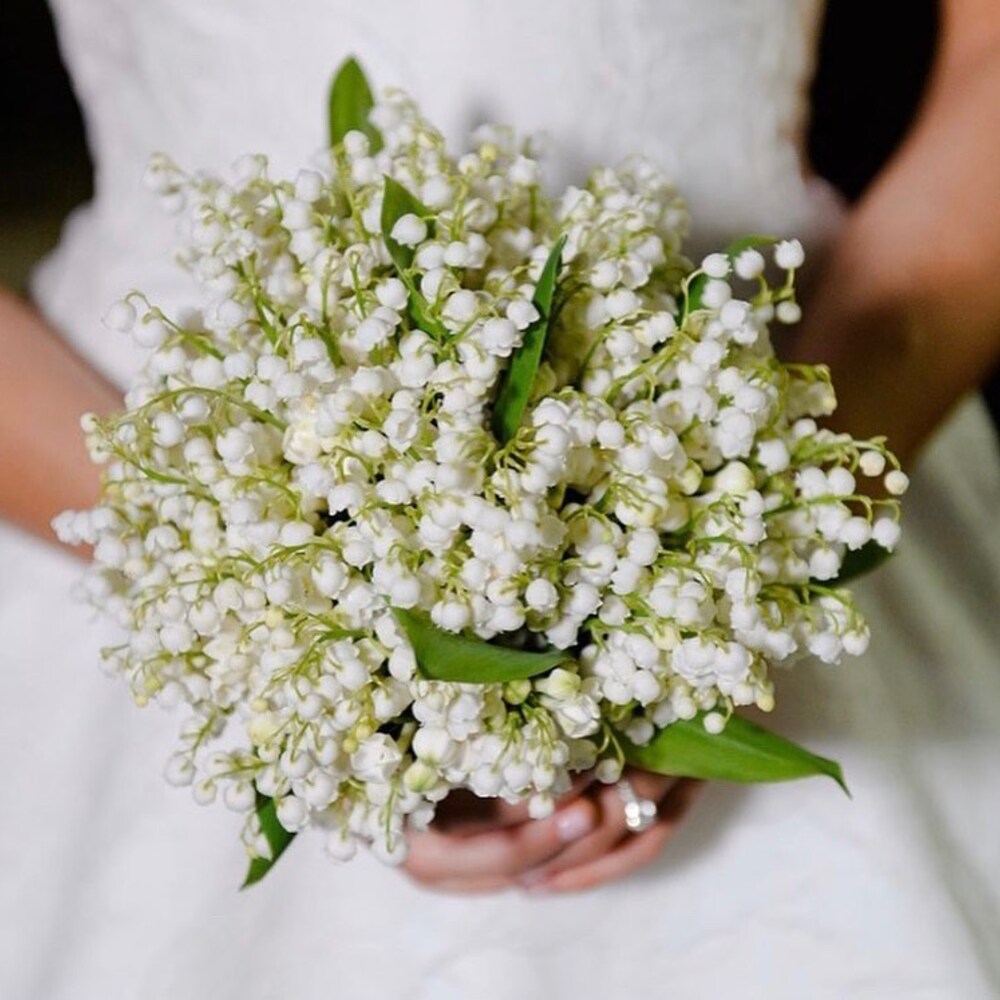
We live in a world craving stillness. The symbolism of Lily of the Valley feels especially relevant in a culture leaning toward slower, more intentional living.
Today’s design and wellness movements echo this shift, from mindful interiors to emotional minimalism, we’re seeing a resurgence of natural motifs not just as décor, but as emotional cues.
According to Pinterest Predicts 2025, symbolic florals like Lily of the Valley are trending in everything from tattoos to table settings, chosen not just for their beauty, but for their meaning.
We’re moving from collecting things to curating meaning.
People choose Lily of the Valley for wedding florals not because it’s bold, but because it whispers something timeless: “I promise renewal, again and again.”
In design, it’s used subtly, on wallpaper borders, ceramics, minimalist jewelry, as a cue for balance and quiet confidence. Even in tattoos, it’s become a symbol of emotional growth.
This is not nostalgia, it’s emotional design.
The Emotional Archetype — Renewal, Humility, and Hope
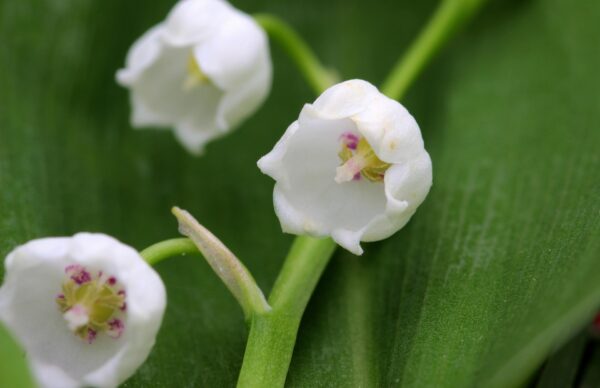
In the garden, Lily of the Valley dies back each winter. Then, without ceremony, it returns in spring, faithful, fragrant, and unbothered by the frost. Its cycle speaks to renewal in the truest form.
Its small downward-facing bells echo humility, an elegance that doesn’t seek attention, but offers beauty just the same.
Its fragrance is hopeful, soft and nostalgic, like a childhood memory resurfacing on a breeze.
Emotionally, this flower represents:
- Renewal: The ability to start again after hardship.
- Humility: A quiet confidence that doesn’t need approval.
- Hope: The belief that something good always returns.
It’s no wonder this bloom resonates in seasons of personal change, whether you’re healing, simplifying, or just learning to breathe more deeply.
“Perhaps this is why it resonates so deeply in an age where we’re learning to find peace in simplicity again.”
Symbolism in Modern Design & Lifestyle
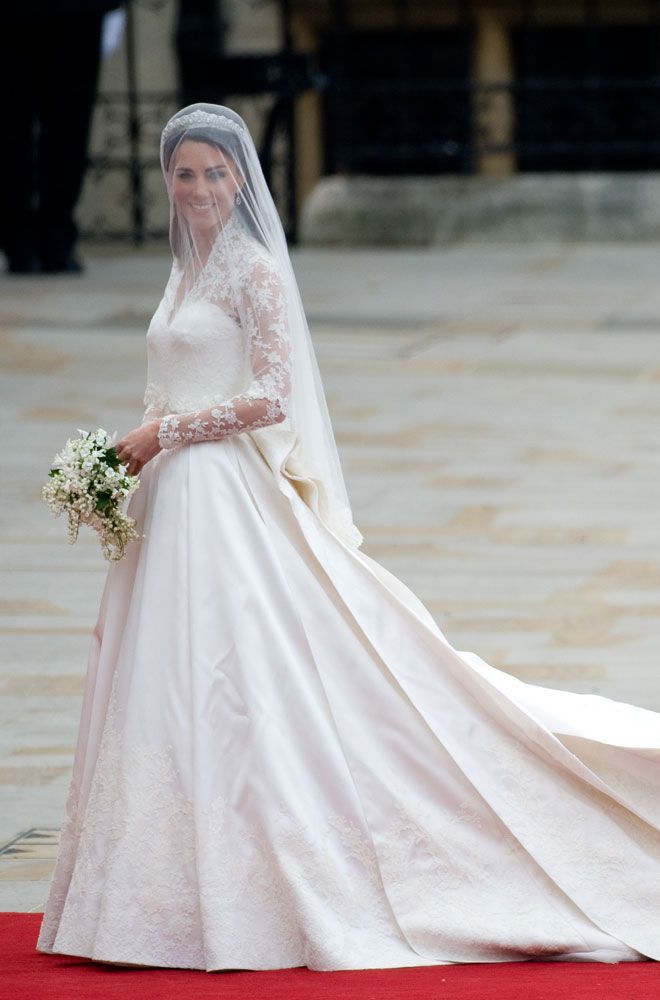
The beauty of Lily of the Valley symbolism is how easily it integrates into everyday living, not as a statement, but as a subtle touchpoint.
Today, we see its motif in:
Weddings & Ceremonies: A classic choice in royal bouquets (including Kate Middleton’s), it represents lasting love and rebirth.
Home Decor: From wallpaper to prints, its silhouette appears in Scandinavian and Japanese-inspired interiors that prioritize calm and clarity.
Fragrance & Aromatherapy: According to Psychology Today, scents linked to nature, especially floral ones, help regulate the nervous system and promote emotional balance. Lily of the Valley is frequently diffused for calm and restoration.
Designers are embracing flora that represent something, not just look good.
As Architectural Digest notes in its features on floral design, today’s most timeless interiors are defined not only by aesthetics but by emotion, spaces that are felt as much as they are seen. Symbolic blooms like Lily of the Valley, often celebrated for their grace and meaning, bring a quiet, lasting presence to the home.
Even a simple sprig in a bedside vase can carry emotional weight, a whisper from nature to soften the pace of our day.
And here at MIMOJI, our guiding principle is the same: design should feel before it dazzles.
Reflection — A Flower That Teaches Us How to Begin Again
In the end, maybe it’s not just a flower. Maybe it’s a mirror. A reminder that grace doesn’t need volume, that healing can be gentle, and that starting over doesn’t need fireworks, just the quiet courage to bloom again.
Picture it: a small vase on a windowsill, catching the morning light. No announcement. Just presence. Lily of the Valley teaches us that beauty can be quiet. That simplicity can be profound. That emotional renewal begins not with reinvention, but with a return to what matters most.
“May every home have something that reminds us to slow down, breathe deeply, and begin again.”
At Momiji, we believe that beauty begins with intention, and sometimes, all it takes is a quiet bloom to remind us. Whether through a sprig in a vase, a scent in the air, or a symbol on the wall, may your space carry what matters most.
Explore more ways to design with meaning through MOMIJI’s home essentials a home for thoughtful living and quiet inspiration.

